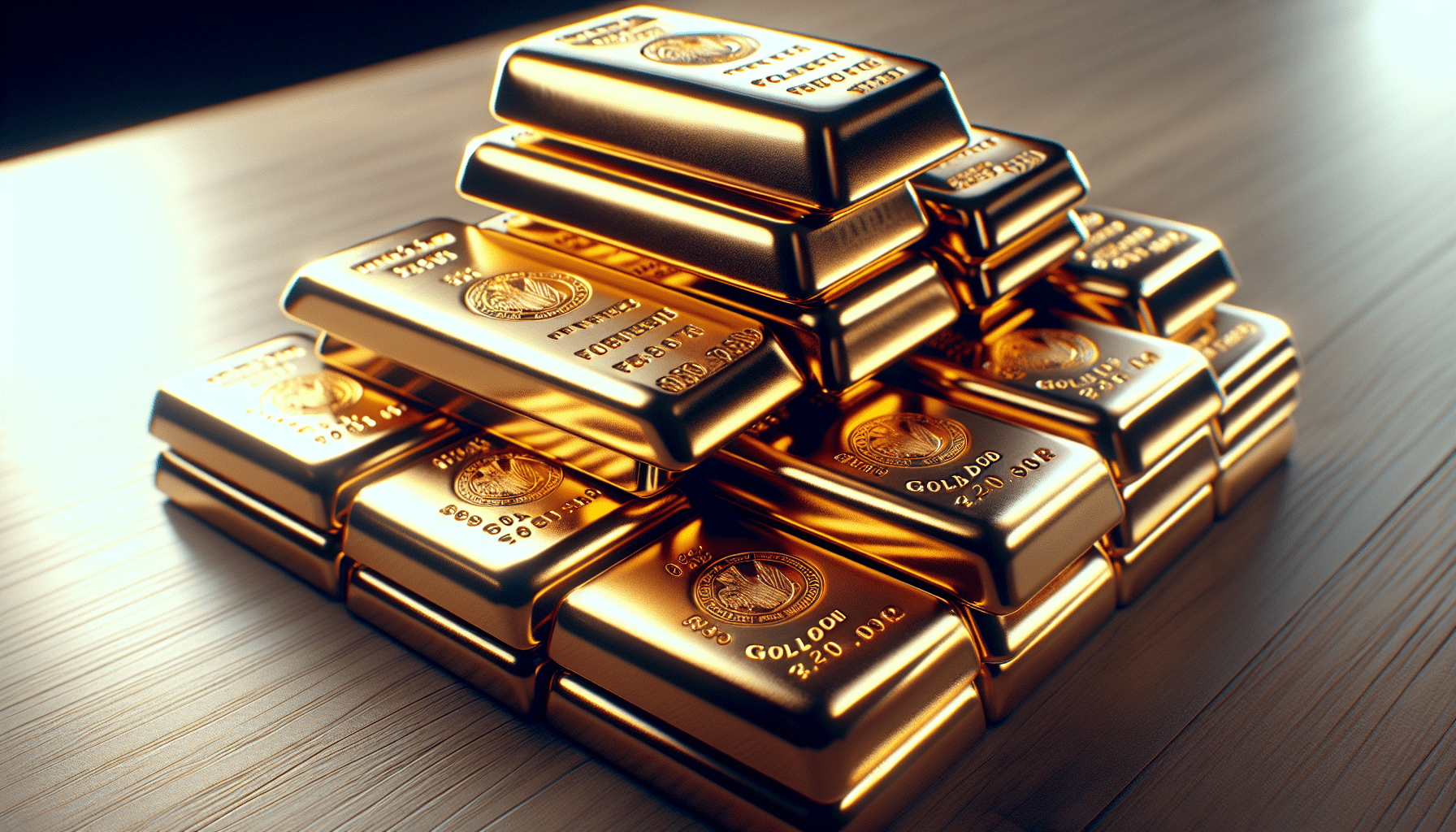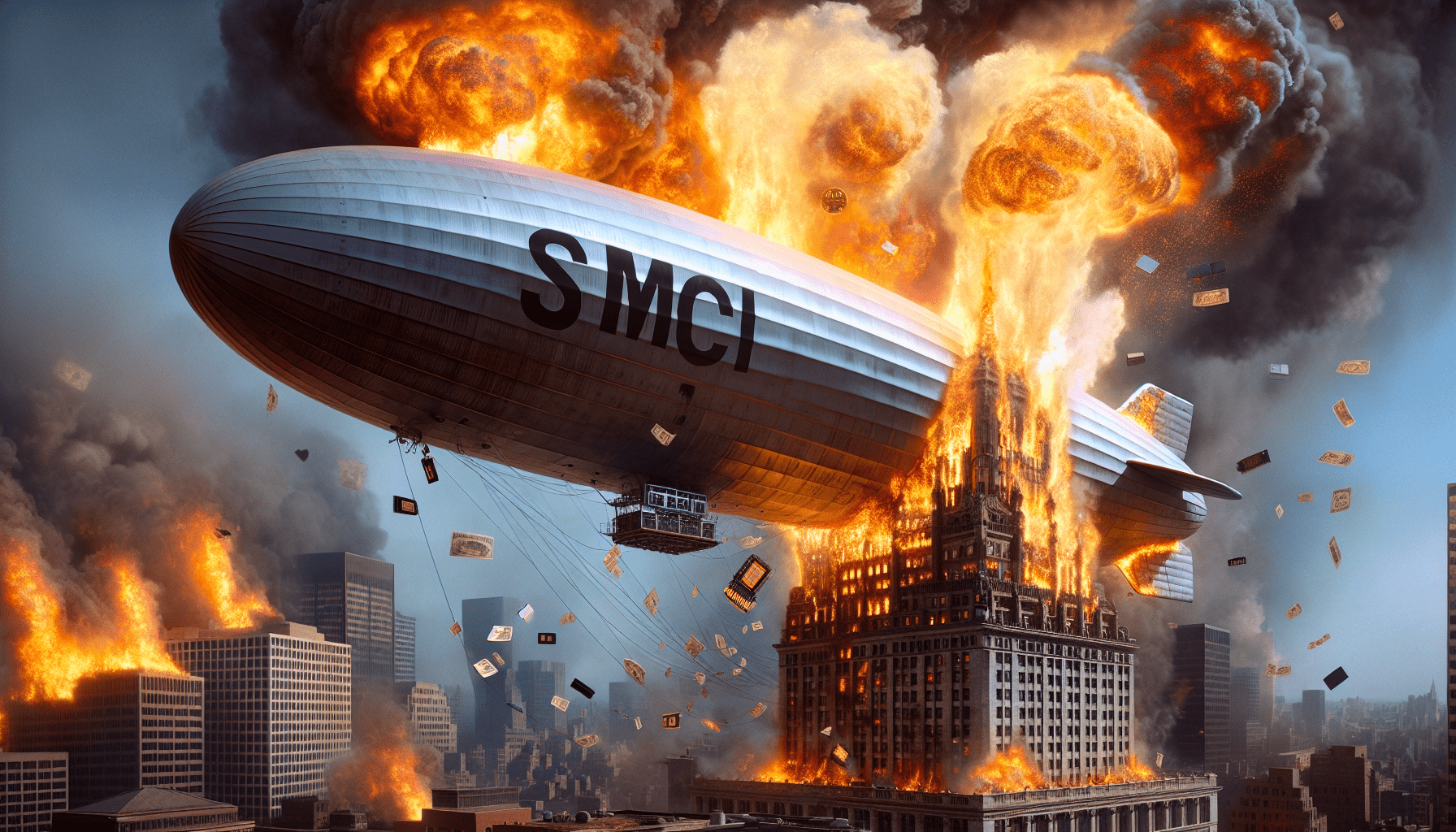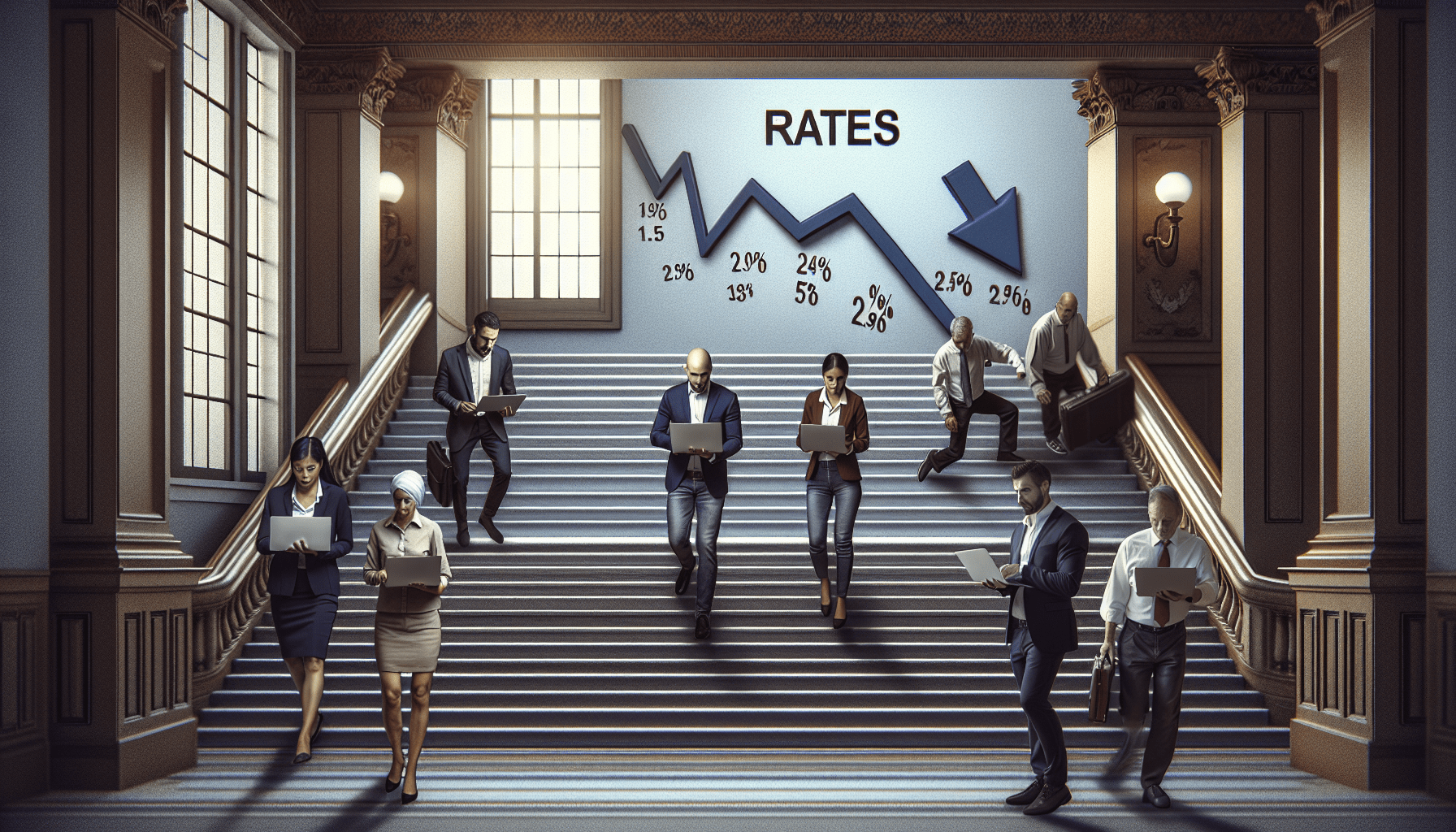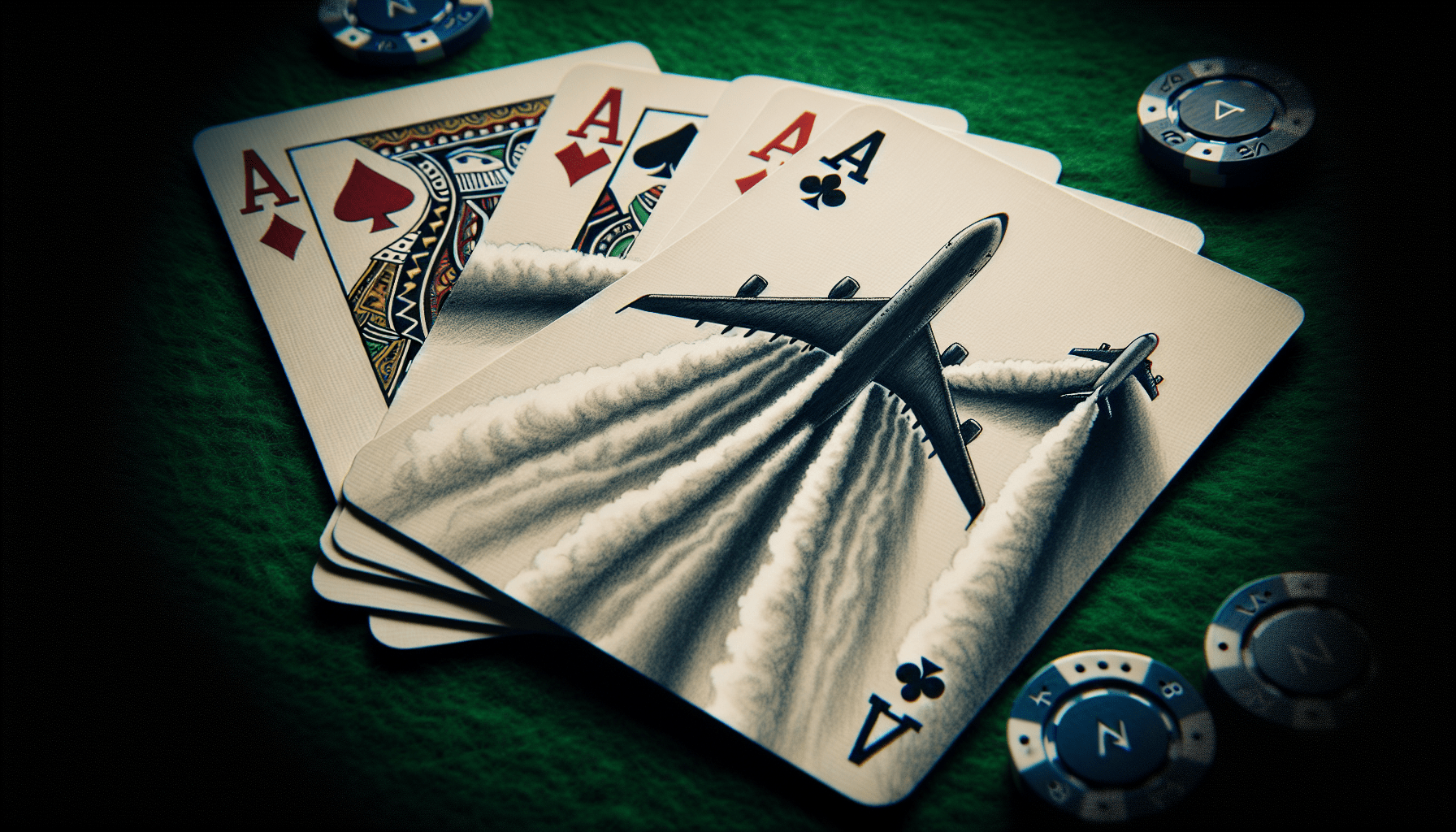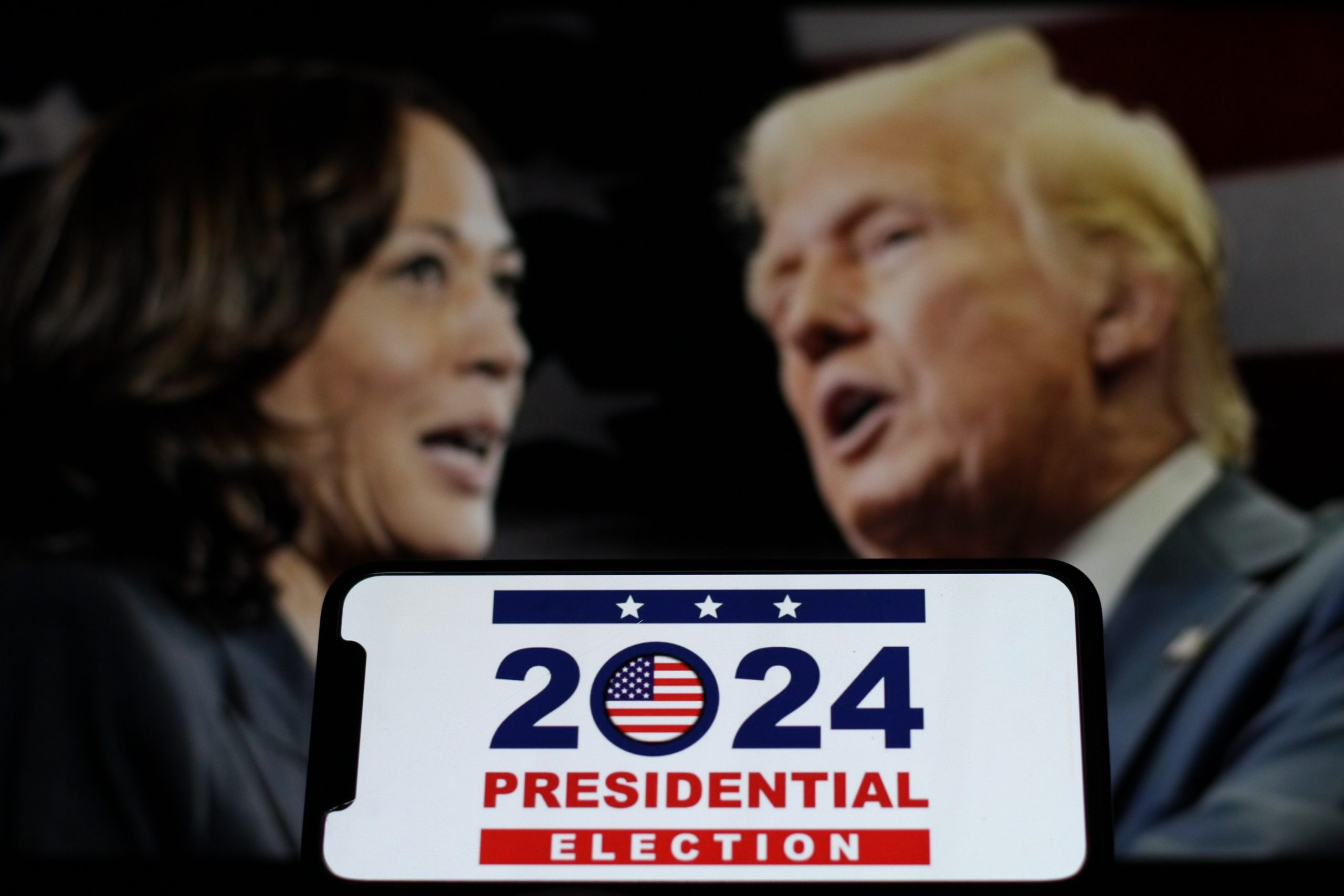What’s Driving the Price of Gold?
The upward pressure has resulted from economic uncertainty, stockpiling by central banks and wars raging on two continents. But will the trend remain intact?

The gold rush isn’t over. In fact, the glittering yellow metal is becoming even more precious after already doubling in value in just the last four years.
A troy ounce has reached $2,700 during intraday trading, up 30% in 2024 and far ahead of the 18.5% increase in the S&P 500. Plus, gold’s gains for this year are on top of a 13% increase in 2023.
A comparison with past highs shows it’s surpassing the peak caused in 2020 by the pandemic. Adjusted for inflation, it’s topping the peak it reached in 1980 when the oil crisis set off a shock wave of inflation. And it’s going higher than the 2011 peak caused by the sovereign debt crisis in the Eurozone.
That strength results mostly from the perceived weakness and unmistakable tragedy elsewhere. More specifically, the price of gold is continuing to increase because of nagging economic uncertainty, strong demand both from investors and the world’s central banks, and fears arising from the long-running wars in Ukraine and the Middle East.
Some would say its price should have gone down in the face of rising real interest rates, slower inflation and a strong dollar, but it did the opposite. Let’s try to figure out why.
For starters, gold’s unusual because it’s both a commodity and a financial asset. But it’s a non-yielding asset because it doesn’t pay dividends like stocks or interest like bonds. Plus, it carries no risk of default if investors hold it in its physical form.
Take a look at the bullish influences.
Driving up the price
Anxiety pushes the price of gold upward, and investors look around and see plenty of events to reinforce their natural aversion to risk. The queasiness inspired by the recent onslaught of inflation has left many worried about whether it’s truly over. The response? Buy gold, which decreases supply and thus increases the price.
Meanwhile, the powers that be at central banks around the world are observing the same conditions that worry investors. So, many of them are likewise stockpiling gold as a hedge against turmoil.
Owning gold also lessens central banks’ dependence upon the dollar. And it’s happening often enough to give rise to the terms “de-dollarization” or “dedollarisation,” depending upon the country where you learned to speak English.
Either way you write or pronounce that word, it’s been more than half a century since Central banks have acquired as much gold as they’ve accumulated this year.
In the meantime, the Federal Reserve has entered a cycle of cutting interest rates that’s expected to continue into next year. Lower rates make gold more attractive, relative to other investments, which increases demand and consequently raises its price.
Another factor is the increasing popularity of gold-backed financial products, such as exchange-traded funds (ETFs). They’ve made it easier for retail and institutional investors to take positions in gold. The rising demand for physical gold that backs the ETFs drives up the price of the metal.
Gold stands almost alone, too. Other commodities don’t share its bright outlook for the future. Demand for oil has slowed because of China’s economic woes and plentiful U.S. production. Demand for copper and aluminum has slowed. Production of liquified natural gas has increased.
Events that may unfold in the near future also make gold attractive. It offers a hedge against tariffs, protection if the independence of the Fed is undermined and a measure of safety if the nation can’t cope with the rising national debt.
While the bullish influences remain ascendant, bearish trends aren’t hibernating.
Gold buyers may want to remember, for example, that the metal is only an imperfect hedge against inflation. While the correlation between its price and higher prices in general was sometimes positive from the mid-1970s through to the end of the 1980s, it was zero or even negative in the 1990s and 2000s. The correlation between the gold and inflation is only in the longer term of 10 years or more.
Still, gold is putting a gleam in the eye of prominent investors who view it as a safe harbor from any upcoming economic storm.
The travail ahead
Ray Dalio, the billionaire founder of Bridgewater Associates, the world’s largest hedge fund, considers gold an important hedge against the economic tribulation he sees on the horizon. He’s on the record as saying that “if you don’t own gold, you know neither history nor economics.”
That’s because Dalio regards the current high levels of corporate and government debt as unsustainable. He also decries the aggressive devaluing of currencies by the world’s central banks. The future, he says, promises economic contraction within the next 18 months and a restructuring of debt.
The Treasury will issue substantial amounts of debt, potentially surpassing available demand, in Dalio’s view. That could lead to higher interest rates or printing more money. In self-defense, investors could devote 10%-15% of their portfolios to gold, he suggests.
Gold also offers the promise of anonymity, Dalio said in a podcast interview. Unlike cryptocurrency, gold can’t be traced. That means you can hand over a gold coin, and no one’s the wiser.
Secrecy and the right to privacy aside, it’s common knowledge that investors, speculators and even ordinary, everyday consumers are caught up in a gold-buying frenzy that’s sweeping China.
Going for the gold
Gold “beans” weighing one-thirtieth of an ounce cost about $80 in China, and they make sense to many who reside in the world’s second-largest economy. There’s been a loss of faith in holding stock in failing investment firms or owning properties in a profoundly troubled real-estate market.
At the same time, the country’s central bank is adding to its gold reserves, while reducing its holdings of U.S. debt. Chinese speculators are meanwhile betting there’s still room for gold to appreciate in price.
Gold consumption in the country rose 6% in the first quarter from a year earlier, according to the China Gold Association as reported in The New York Times. It came on the heels of a 9% increase last year, the newspaper said.
The Chinese adage advising “jade in prosperous times, gold in troubled times,” has resonated with the population and government, according to the Times report.
Ed McKinley is Luckbox editor-in-chief.







